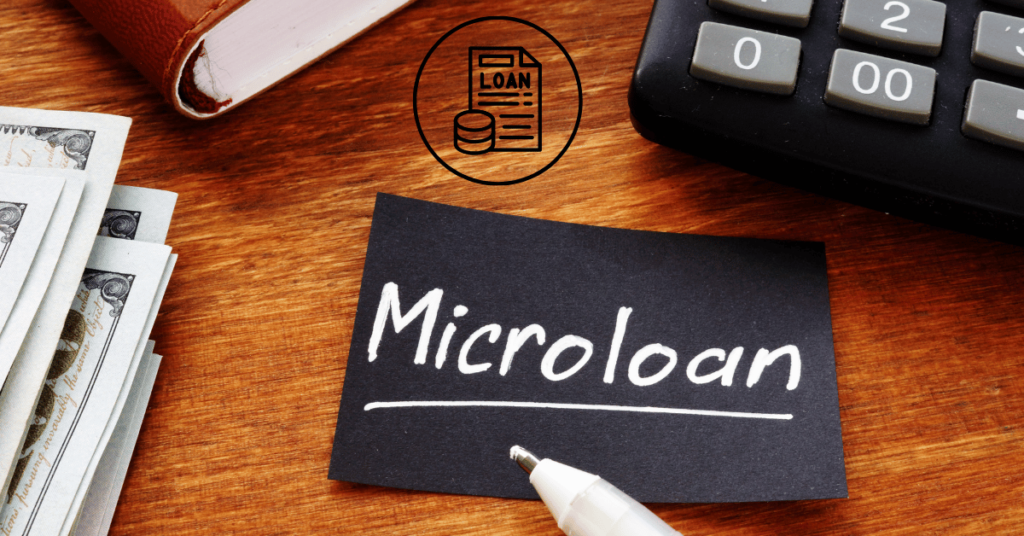Microloans are small financial products designed to help individuals and small businesses who need quick access to funds without the cumbersome process associated with traditional loans. This article will guide you through understanding microloans, how to apply for them, and the key considerations to keep in mind.
What is a Microloan?
A microloan is typically a small loan amount, ranging from $500 to $5,000, intended to support small businesses, entrepreneurs, or individuals who may not qualify for larger loans. These loans can be used for various purposes, including:
- Starting or expanding a small business
- Purchasing inventory
- Covering unexpected expenses
- Financing education or training
Microloans are often offered by nonprofit organizations, community banks, and online lenders, aiming to empower those who may have limited access to conventional financing options.
How to Qualify for a Microloan
Qualifying for a microloan generally involves a few basic steps:
1. Assess Your Financial Situation
Before applying for a microloan, evaluate your financial needs and how much you can afford to borrow. Having a clear understanding of your finances will help you choose the right lender and loan amount.
2. Research Lenders
Identify potential lenders that offer microloans. You can look for:
- Nonprofit organizations that specialize in small loans
- Community development financial institutions (CDFIs)
- Online microloan platforms
- Local banks or credit unions
Each lender may have different eligibility criteria, interest rates, and repayment terms, so it’s essential to compare options.
3. Prepare Required Documentation
While documentation requirements may vary by lender, you will typically need to provide:
- Personal identification (e.g., driver’s license or passport)
- Proof of income (e.g., pay stubs or tax returns)
- Business plan or project proposal (if applicable)
- Financial statements or bank statements
4. Submit Your Application
Once you’ve gathered the necessary documents, you can apply for the microloan either online or in person. Make sure to fill out the application accurately and provide all requested information to avoid delays.
Pros and Cons of Microloans
Pros
- Accessible for Low Credit Scores: Microloans often have more lenient credit requirements compared to traditional loans.
- Quick Funding: Many lenders can approve and fund microloans quickly, allowing you to access funds when you need them most.
- Support for Entrepreneurs: Microloans are designed to support small business owners and entrepreneurs, providing them with the capital they need to grow.
Cons
- Higher Interest Rates: Microloans may come with higher interest rates compared to larger loans, which can increase the overall cost of borrowing.
- Limited Amounts: The maximum loan amount may not be sufficient for larger projects or businesses needing significant funding.
- Shorter Repayment Terms: Some microloans may require repayment within a short period, which can be challenging for borrowers with limited cash flow.
How to Use Microloans Wisely
To maximize the benefits of a microloan, consider the following tips:
- Create a Detailed Budget: Outline your expenses and income to ensure you can repay the loan on time.
- Use Funds Responsibly: Allocate the loan to projects that will generate a return on investment, such as inventory purchases or marketing efforts.
- Explore Additional Resources: Look for training programs or resources offered by lenders or community organizations that can help you manage your business effectively.
Conclusion
Microloans are a valuable resource for individuals and small businesses seeking quick financial assistance. By understanding the application process, evaluating your options, and using the funds wisely, you can leverage microloans to support your financial goals and enhance your entrepreneurial journey.
If you have any questions feel free to comment down below. We are always here to guide you!
FAQs
What is a microloan?
Microloans are small loans, typically ranging from $500 to $5,000, designed to assist small businesses, startups, or individuals needing smaller financial support.
How can I apply for a microloan?
You can apply for a microloan through various lenders, including nonprofit organizations, online lenders, and some government programs like the SBA. Application processes usually involve providing financial statements, business plans, and credit information.
Are microloans only for businesses?
Microloans are generally intended for small businesses and entrepreneurs. However, some lenders offer microloans for personal use, depending on the terms of the loan.
Do I need collateral to get a microloan?
Some microloan providers require collateral, while others may not. It depends on the lender’s terms and the loan amount.
What credit score is needed for a microloan?
While credit score requirements vary, microloans often cater to individuals with lower credit scores or those who have limited credit histories.
How long do I have to repay a microloan?
Repayment periods for microloans usually range from six months to five years, depending on the loan amount and lender.
Are microloans a good option for startups?
Yes, microloans are a popular option for startups and small businesses that need limited funding to get off the ground.




